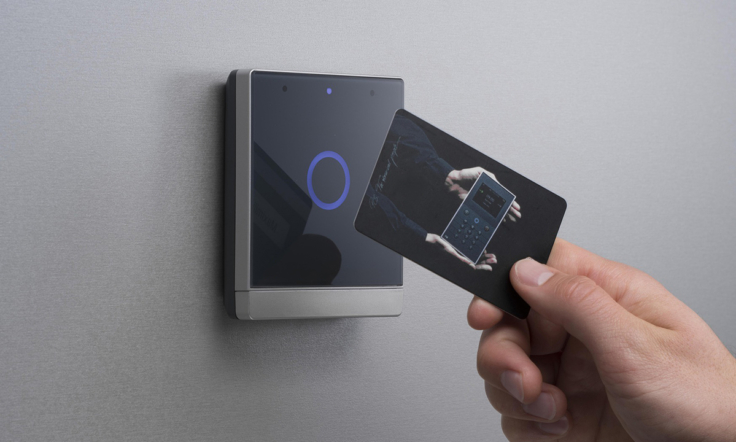
RFID stands for identifying radio frequency. Radio frequencies are used to read the data stored in a label which attached to an object. RFID allows us to identify most objects wirelessly through radio waves. A label can be read remotely with RFID. The label to be monitored does not need to be directly within sight.
How Does RFID Works?
RFID belongs to a group of technologies called Automatic Identification and Data Capture (AIDC). The methods of this technology automatically identifies the objects, collect data about them and enters these data directly to the computer systems with minimal human intervention. RFID uses radio frequencies to accomplish that. Simply, RFID systems consists of 3 compounds.
• RFID label
• RFID reader
• Antenna
The reader sends radio waves in certain frequencies in RFID system. When the label is within range of these waves, it sends feedback to the reader. RFID reader identifies the object in range by this feedback.
RFID Label Types
There are 3 type of labels in RFID technology.
• Active labels
• Semi-active labels
• Passive labels
Active labels are emitting radio signals continuously to be detected by a reader. There is a battery or another power source and an antenna to transmit and receive radio signals at these labels. Active tags can hold a variety of data that can be no more than a few thousand bytes depending on the size.
There is a power source to feed the extension circuit in semi-active labels or in another word passive labels with battery support. The label takes the energy that required to send the response from radio waves that send from reader. Active and semi-active RFID labels can operate at longer ranges according to the passive labels.
There is no power source on passive labels. Passive label takes the energy that required to send the response from radio waves that send from reader.
Because of the cost of active and semi-active labels are high, these labels are used only at high valuable objects.
Categorizing the RFID Systems According to the Operating Frequencies
RFID systems categorized according to its operating frequencies. In whole world, RFID systems operates at low frequency, high frequency, and ultra-high frequency band. Radio waves acts different at each frequency. There are advantages and disadvantages to use each frequency band.
For example, if a RFID system operates at low frequency, it has lower data reading speed. However, reading abilities are high near or on to metal and liquid surfaces. Systems operating at higher frequencies generally have faster data transfer rates and longer read intervals. However, they are more sensitive to the deterioration caused by liquids and metals.
Low Frequency (LF) RFID
The low frequency RFID band covers frequencies between 30 KHz and 300 KHz. Low frequency RFID systems usually operates at 125 KHz. This frequency band provides a short reading range as 10 cm and has lower reading speed than high frequencies. LF RFID generally used to track live animals and access control.
High Frequency (HF) RFID
High frequency RFID band covers frequencies between 3 MHz and 30 MHz. Typically, operate at 13.56 MHz. this frequency band allows to read between 10 cm and 1 meter. Various uses of HF RFID include Near Field Communication (NFC), which focuses on data transfer between two devices. This technology is often used in smart payment cards. In addition to this, HF RFID used in marketing, waste management, automation, medical and production technologies.
Ultra-High Frequency (UHF) RFID
Ultra-high frequency band covers frequency between 300 MHz and 3 GHz. Ultra-high frequency RFID labels have the fastest reading speed and the longest reading range. Long range UHF labels can read up to 12 meters with passive RFID label. If the label that used is an active label, it can be read at distances greater than 100 meters. UHF labels are the most vulnerable label to the statics. UHF label manufacturers are produced readers and antennas that maintain security for use in hot spots to avoid signal interference. Production costs of UHF labels are lower than HF labels. Thus, UHF RFID can be used in several application including inventory management, anti-theft management and wireless device configuration.





